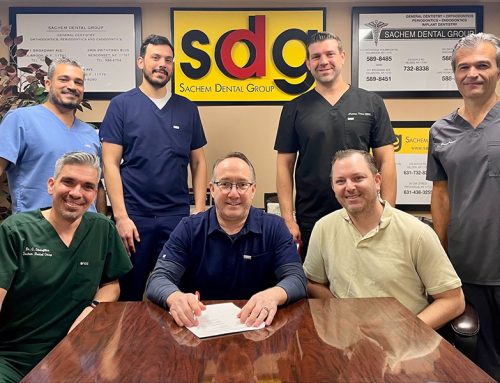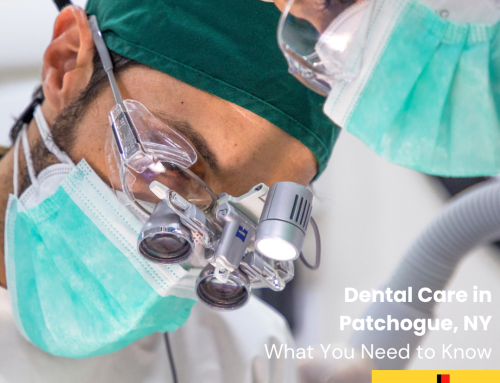
If you have a broken or decayed tooth, then you might be thinking that our Long Island dentist will recommend a filling to repair it. Instead, you may be surprised to hear that an inlay or perhaps an onlay is the best treatment. But what is the difference, and why would an inlay or onlay be better than a filling?
The Difference Between Dental Fillings vs. an Inlay or Onlay
To help you better understand why one may be better than the other, here is an explanation of each of these restorative treatments:
Dental Fillings
A dental filling 一 available in tooth-colored composite, or silver amalgam material 一 is the most basic form of restorative dental work. First, our Long Island dentist will remove the decayed or broken portion of the tooth, and then fill in the void with the appropriate material.
What Is An Inlay?
An inlay is a custom restoration made from the same material that crowns are crafted out of. Inlays replace the damaged portion of a tooth, as long as it’s within the cusps (pointed edges on the biting surfaces). To perform this procedure, we remove the decay, just like we would for a filling, and take an impression of the tooth for the lab to make the restoration. While we wait on the lab, you’ll wear a temporary inlay, and once the permanent one arrives, we’ll place the restoration “in” the tooth and cement it in place.
The Dental Onlay
An onlay is bigger than an inlay but still more conservative than a dental crown. This treatment is typically recommended when one of the cusps of your tooth has broken off or decayed. Also made from the same material as a crown, the onlay sits “on” or over the tooth.
Why Should You Get An Inlay or Onlay Instead of a Dental Filling?
Here are four reasons to get an inlay or onlay instead of a filling:
- Large fillings, whether they are silver or white, require healthy tooth structure to hold them in place. If your tooth is highly compromised, they could break out and cause additional tooth damage.
- Large fillings may result in cold sensitivity because of their proximity to the nerve.
- The bigger the filling, the greater the chances it has of breaking. Inlay and onlays are made of strong gold or tooth-colored porcelain that is more durable.
- Custom fabrications won’t stain, break down, or wear out.
Restorative Dental Care in Long Island
An inlay or onlay, and even fillings are all valuable restorative procedures, but as you can see, there are certain cases in which one may be better than the other. Our Suffolk County dentist takes all of the pros and cons of each treatment into consideration when determining the recommended treatment. If at any point you have any questions about what may be best to repair your smile, please give us the opportunity to address all of your concerns.
Sachem Dental Group is here to help ensure that you’re making the best decision for yourself and your oral care. Contact us today for more information.





